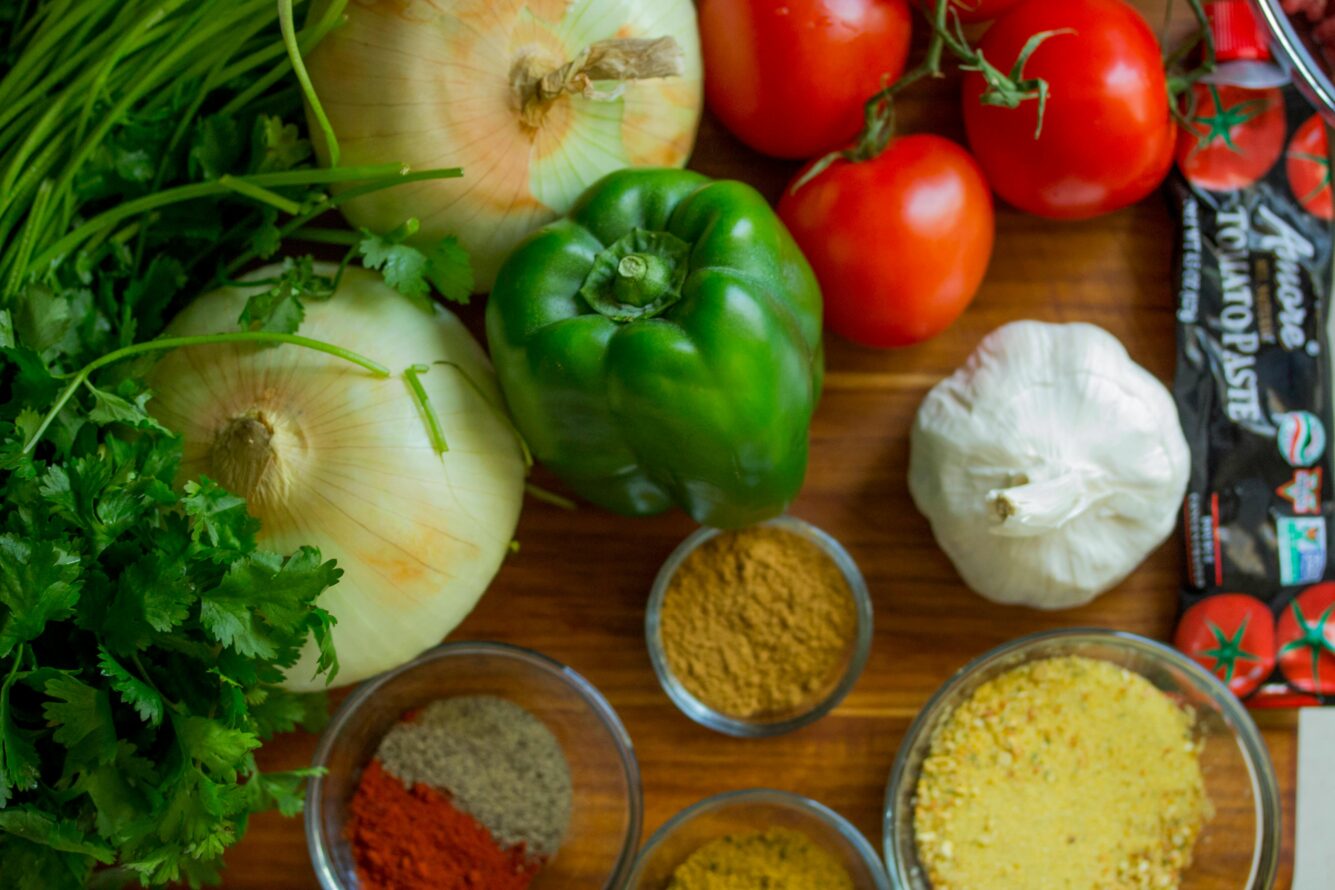The food industry is undergoing a revolution, driven by the rapid rise of alternative food ingredients. Consumer demand for healthier, more sustainable options isn’t just nudging manufacturers toward change—it’s forcing a complete reimagination of how food is made.
This shift goes far beyond simple ingredient swaps. It’s about innovation at every level, from sourcing and production to quality control and consumer perception. Brands that fail to evolve risk falling behind, while those that embrace the change are positioning themselves as industry leaders.
Top Alternative Ingredient Trends Shaping 2025
The food manufacturing landscape has never been more dynamic. Plant-based proteins have moved from basic meat alternatives to highly sophisticated ingredients that match traditional proteins in taste, texture, and nutrition. New innovations like mycelium-based ingredients and precision-fermented proteins are gaining traction, requiring advanced processing techniques and equipment.
One of the biggest breakthroughs? Precision fermentation. This technology allows manufacturers to create specific proteins, fats, and even dairy components identical to their traditional counterparts—without relying on animal agriculture. Major brands are already integrating these ingredients, enhancing both sustainability and efficiency in production.
Meanwhile, the clean label movement continues to push artificial additives out of the market. Natural preservatives like rosemary extract and vinegar-based alternatives are replacing synthetic options, but they come with challenges—different behaviors in processing, storage, and shelf life that manufacturers must navigate.
Precision fermentation represents a particularly promising development in alternative ingredient production. This technology enables the creation of specific proteins, fats, and other compounds identical to their traditional counterparts but produced through more sustainable methods. Major manufacturers have already begun incorporating these ingredients into their product lines, seeing success in both consumer acceptance and production efficiency.
Clean label ingredients continue gaining prominence as consumers scrutinize product compositions. The shift from artificial preservatives to natural alternatives like rosemary extract and vinegar-based preservatives requires significant adaptation in manufacturing processes. These natural preservatives often behave differently than their synthetic counterparts, necessitating adjustments in processing parameters, storage conditions, and shelf-life expectations.

Staying Ahead of Compliance
Regulations are tightening, and food manufacturers must keep up. The FDA’s recent ban on Red No. 3 dye affects nearly 3,000 products, forcing reformulation with natural colorants like pomegranate juice and beet juice. However, these alternative food ingredients introduce new challenges in color stability and heat sensitivity.
And it doesn’t stop there. By January 2026, traceability regulations will require manufacturers to track ingredients from source to final product. That means investing in robust data management systems and adapting production protocols to meet stricter transparency standards.
Bringing Alternative Food Ingredients to Scale
Successfully integrating alternative food ingredients begins with comprehensive planning and systematic implementation. Here are three areas to focus on:
- Supply Chain Reinvention
- Sourcing alternative ingredients demands strong supplier relationships to ensure quality and availability. Manufacturers must establish multi-supplier networks to avoid disruptions and maintain consistent product standards.
- Quality Control Upgrades
- Traditional testing methods may not be enough. Companies must develop new quality assurance protocols, train teams on ingredient-specific testing, and invest in cutting-edge lab equipment to ensure product consistency.
- Production Line Adaptations
- Many alternative food ingredients require specialized handling, from precision mixing to temperature-controlled storage. Upgrading production lines—without halting operations—requires careful planning and phased implementation.
Winning Consumer Trust Through Education
Transparency in ingredient sourcing and manufacturing processes plays a vital role in consumer acceptance. Consumer perception can make or break an alternative ingredient’s success. Leading brands don’t just introduce new ingredients—they educate consumers on their benefits.
Successful strategies include:
- Highlighting health and sustainability benefits upfront
- Connecting alternative ingredients to familiar flavors and textures
- Using storytelling to explain sourcing, innovation, and why the change matters

Future-Proofing Food Manufacturing
The alternative food ingredient revolution is just beginning. To stay ahead, manufacturers must:
- Invest in technology – AI-driven production monitoring and automation can optimize efficiency.
- Train the workforce – Employees must master new processing techniques and compliance measures.
- Collaborate with innovators – Partnerships with biotech firms and research institutions drive breakthroughs in ingredient development.
Industry Collaboration and Innovation
Strategic partnerships are the engine of innovation in alternative food ingredients. When manufacturers, ingredient suppliers, and research institutions join forces, breakthroughs happen—unlocking new functionalities, refining processing methods, and pushing the boundaries of what’s possible.
Recent collaborations between food manufacturers and biotech companies have already led to next-gen protein ingredients that deliver better taste, texture, and performance.
Research institutions are equally critical in shaping the future of alternative ingredients. Universities and private labs research ingredient stability, nutritional benefits, and consumer preferences, providing the data and insights manufacturers need to refine their products, enhance safety, and stay ahead of evolving market demands.
Measuring Success and ROI
Winning with alternative food ingredients isn’t just about innovation—it’s about execution. Success requires tracking the right metrics and refining processes to drive efficiency and impact. While production efficiency may dip at first as teams adapt, smart manufacturers fine-tune operations over time, ensuring smoother workflows and stronger performance. Careful monitoring helps identify bottlenecks, optimize resources, and justify ongoing investment in alternative ingredient strategies.
But the real test? Market performance. Sales data, market share shifts, and consumer feedback reveal what’s working and what needs adjustment. By analyzing these insights, manufacturers can fine-tune their approach, refine product offerings, and stay ahead in an increasingly competitive landscape.
Planning Tomorrow’s Ingredients Today
The food industry’s transformation is irreversible. Brands that embrace alternative food ingredients and invest in innovation will define the future of food manufacturing. Those that hesitate? They’ll struggle to keep up.
The time to adapt isn’t tomorrow—it’s now.
